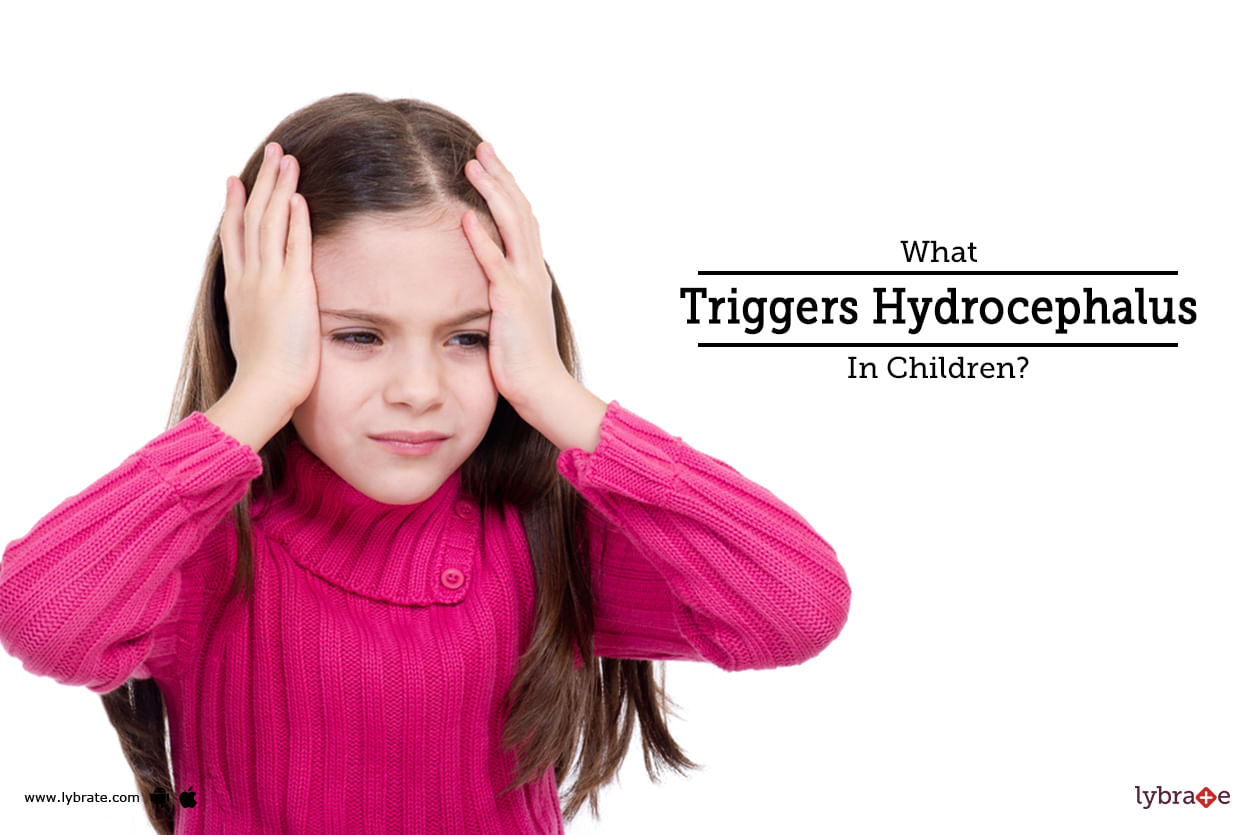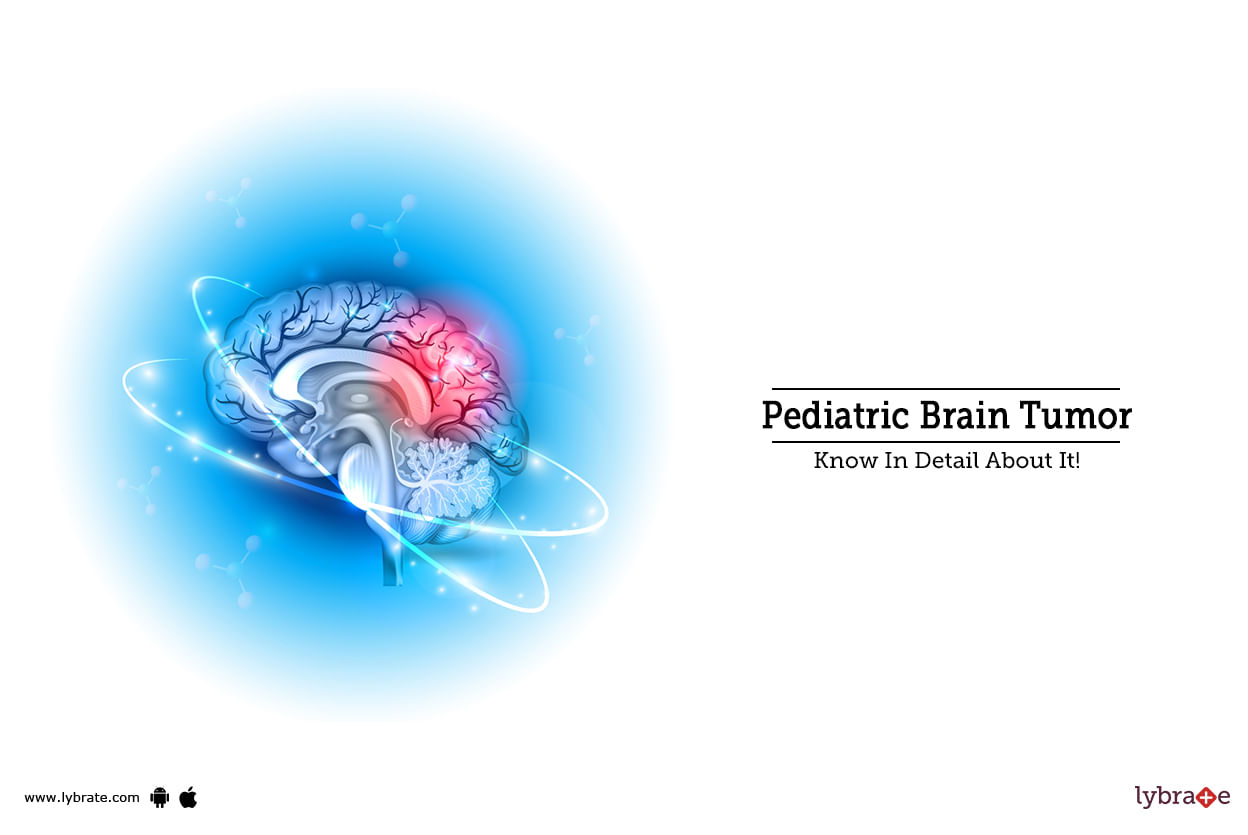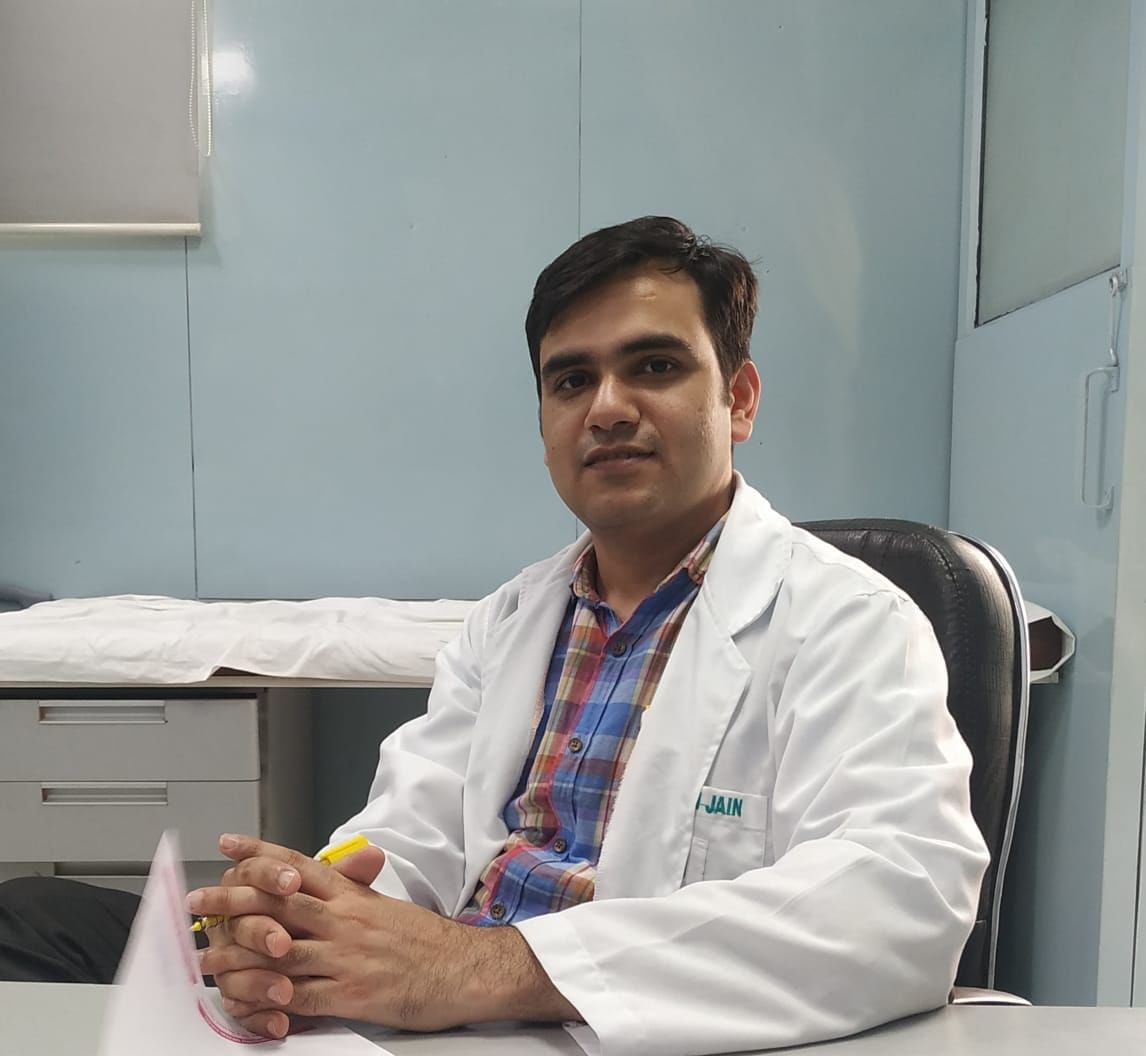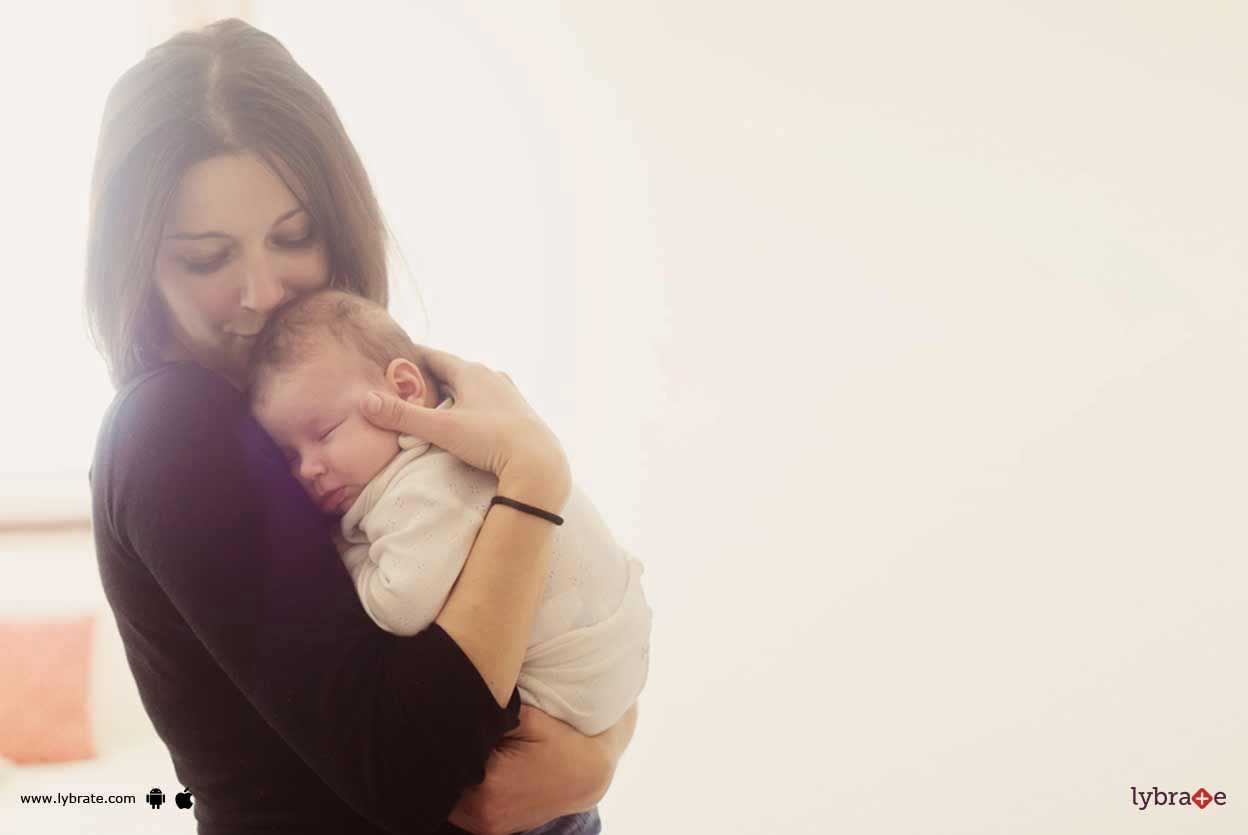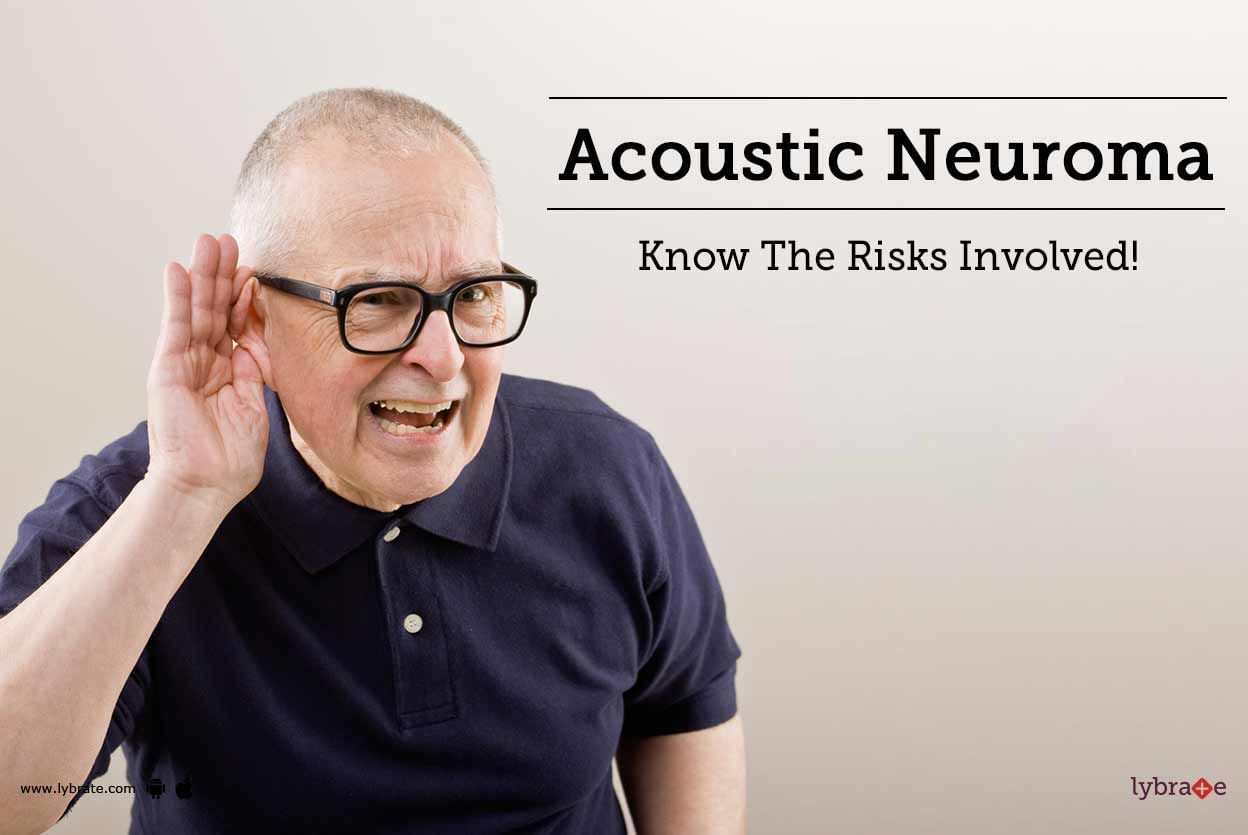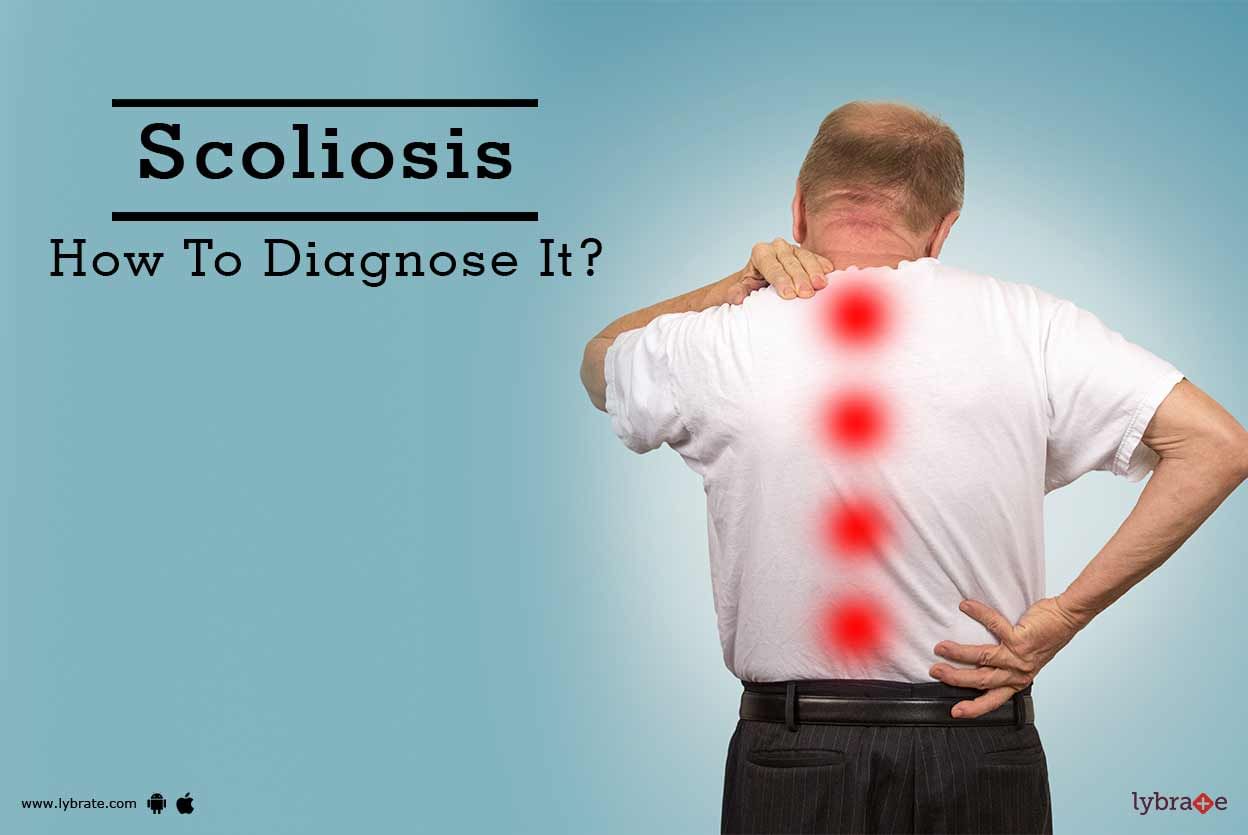Get the App
For Doctors
Login/Sign-up
About
Health Feed
Find Doctors
Health Packages
AllQ&AsTipsQuizzes
Cerebral Palsy Tips
Last Updated: 8 years ago• Featured Tip
Share
Bookmark
Report
Some babies learn to walk by the age of nine to ten months, and others may take longer, much longer to start walking properly. By the age of 15 months, people may start asking you if your little munchkin is able to walk yet. These constant questions can eventually irk you off, and keep you wondering if truly your baby is facing any sort of disability or not. In most cases, you will probably find your baby was too lazy to start walking all along, and he has mastered the art of toddling a couple...more
Last Updated: 8 years ago• Featured Tip
Share
Bookmark
Report
The placenta is a link between you and your baby during pregnancy. It helps your baby to grow normally by providing it with food and oxygen. When the placenta is not able to do its work properly, the condition is called placental insufficiency or dysfunction.
Placental insufficiency is a serious complication of pregnancy and can happen when the placenta does not develop properly or is damaged. If this condition develops, the baby doesn t get the nutrition and oxygen it needs to grow and...more
Placental insufficiency is a serious complication of pregnancy and can happen when the placenta does not develop properly or is damaged. If this condition develops, the baby doesn t get the nutrition and oxygen it needs to grow and...more
Last Updated: 10 years ago• Featured Tip
Share
Bookmark
Report
Ayurveda helps in cerebral palsy
Cerebral palsy refers to a group of neurological disorders that appear in infancy or childhood and permanently affect body movement and muscle co-ordination.
Symptoms:
Lack of muscle co-ordination when performing voluntary movements (ataxia)
Stiff or tight muscles and exaggerated reflexes (spasticity)
Walking with one foot or leg dragging
Walking on the toes, a crouched gait, or a'scissored' gait
Muscle tone that is eit...more
Cerebral palsy refers to a group of neurological disorders that appear in infancy or childhood and permanently affect body movement and muscle co-ordination.
Symptoms:
Lack of muscle co-ordination when performing voluntary movements (ataxia)
Stiff or tight muscles and exaggerated reflexes (spasticity)
Walking with one foot or leg dragging
Walking on the toes, a crouched gait, or a'scissored' gait
Muscle tone that is eit...more
Last Updated: 5 years ago• Featured Tip
Share
Bookmark
Report
Hydrocephalus is a condition that is also called water on the brains . This condition is triggered in children when the cerebrospinal fluid (CPF) isn t drained completely from the brain. This fluid surrounds and protects the brain and the spinal cord and when it doesn t find an outlet, it accumulates in the brain.
Very young children with hydrocephalus have enlarged heads to accommodate all the excess water. But older children whose skull bones have solidified and cannot expand suffer ...more
Very young children with hydrocephalus have enlarged heads to accommodate all the excess water. But older children whose skull bones have solidified and cannot expand suffer ...more
Last Updated: 5 years ago• Featured Tip
Share
Bookmark
Report
Brain tumor refers to the development of unusual cells in the brain or around the nearby tissues and structures. Pediatric Brain Tumor means the development of these unusual cells in the brain of children. There are two types of brain tumors: Benign or non-cancerous and malignant or Cancerous. Tumors like ependymoma and medulloblastoma are quite common among children. The treatment of the tumor is determined by its severity, type, location, age, and overall health of the child. The treatment of ...more
Last Updated: 5 years ago• Featured Tip
Share
Bookmark
Report
The pituitary gland is located in the brain, behind the bridge of your nose. It is a very important gland that regulates the activities of the other endocrinal glands. Benign tumours can sometimes develop in the pituitary gland.
Adenomas result in a disruption in the secretion of pituitary hormones. And this can have a severe fallout on the body.
What are Non-Functional Pituitary Tumours?
30% of all pituitary tumours are non-functional tumours. These tumours do not allow the pit...more
Adenomas result in a disruption in the secretion of pituitary hormones. And this can have a severe fallout on the body.
What are Non-Functional Pituitary Tumours?
30% of all pituitary tumours are non-functional tumours. These tumours do not allow the pit...more
Last Updated: 5 years ago• Featured Tip
Share
Bookmark
Report
Osteogenesis Imperfecta (OI) is a group of genetic disorders that primarily affect the bones, making them extremely weak. It is also known as brittle bones disease . This genetic disease is incurable and the treatment is primarily focused on pacifying the condition by reducing pain and strengthening the bones.
The symptoms of OI include, but are not limited to, recurring fractures, bluish tinge in the white of the eyes, hearing loss, breathing problems, short height, loose joints and d...more
The symptoms of OI include, but are not limited to, recurring fractures, bluish tinge in the white of the eyes, hearing loss, breathing problems, short height, loose joints and d...more
Last Updated: 6 years ago• Featured Tip
Share
Bookmark
Report
A tumor may be defined as an abnormal unwanted growth of tissue in any part of the body. This word need not immediately cause panic because the tumor may or may not cause a health threat. There are three types of tumors:
Benign tumor: This is a noncancerous type of tumor. In our body, new cells are formed while the old ones called dead ones are disposed by our immune system. When this disposal of cells does not occur, the remaining dead cells form a lump, which is called a benign tumor....more
Benign tumor: This is a noncancerous type of tumor. In our body, new cells are formed while the old ones called dead ones are disposed by our immune system. When this disposal of cells does not occur, the remaining dead cells form a lump, which is called a benign tumor....more
Last Updated: 6 years ago• Featured Tip
Share
Bookmark
Report
A brain tumor can occur at any age and it generally occurs in people in the age group of 40-60 years. The common types of brain tumor are termed as meningioma and gliomas. These supratentorial brain tumors generally occur above the covering of the cerebellum tissue. In children, brain tumors occur at the age of 1-12 years and the most common tumors are ependymomas, astrocytoma and meduloblastomas. Brain tumor is the common cause of death even in children.
Tips for Detecting a Brain Tumo...more
Tips for Detecting a Brain Tumo...more
Last Updated: 6 years ago• Featured Tip
Share
Bookmark
Report
DNB (ENT), MBBS, MNAMS - Otorhinolaryngo...read more
ENT Specialist•Gurgaon
Acoustic neuroma is the development of noncancerous and slow-growing tumors on the main, vestibular nerve that travels from the inner ear to the brain, connecting the two organs. They are also known as vestibular schwannoma, as it arises from Schwann cells covering the vestibular nerve. It rarely grows rapidly or attains a large enough size that can press against the brain and interfere with the vital functions of the brain. Since the tumor is benign, the patient can be assured that it won t spr...more
Last Updated: 6 years ago• Featured Tip
Share
Bookmark
Report
A brain tumor can occur at any age and it generally occurs in people in the age group of 40-60 years. The common types of brain tumor are termed as meningioma and gliomas. These supratentorial brain tumors generally occur above the covering of the cerebellum tissue. In children, brain tumors occur at the age of 1-12 years and the most common tumors are ependymomas, astrocytoma and meduloblastomas. Brain tumor is the common cause of death even in children.
Tips to Detecting a Brain Tumor...more
Tips to Detecting a Brain Tumor...more
Last Updated: 6 years ago• Featured Tip
Share
Bookmark
Report
Introduction Scoliosis is the abnormal twisting and curvature of the spine. It is usually first noticed by a change in the appearance of the back. There are several types of scoliosis based on the cause and age when the curve develops; the majority of patients have no known cause.
Typical signs include:
1. Visibly curved spine
2. One shoulder is higher than the other
3. One shoulder or hip being more prominent than the other
4. Clothes not hanging properly
5. A ...more
Typical signs include:
1. Visibly curved spine
2. One shoulder is higher than the other
3. One shoulder or hip being more prominent than the other
4. Clothes not hanging properly
5. A ...more
Last Updated: 6 years ago• Featured Tip
Share
Bookmark
Report
Introduction Scoliosis is the abnormal twisting and curvature of the spine. It is usually first noticed by a change in appearance of the back. There are several types of scoliosis based on the cause and age when the curve develops; the majority of patients have no known cause.
Typical signs include:
1. Visibly curved spine
2. One shoulder being higher than the other
3. One shoulder or hip being more prominent than the other
4. Clothes not hanging properly
5. A p...more
Typical signs include:
1. Visibly curved spine
2. One shoulder being higher than the other
3. One shoulder or hip being more prominent than the other
4. Clothes not hanging properly
5. A p...more
Book appointment with top doctors for Cerebral Palsy treatment
View fees, clinic timings and reviews
Ask a free question
Get FREE multiple opinions from Doctors
posted anonymously







